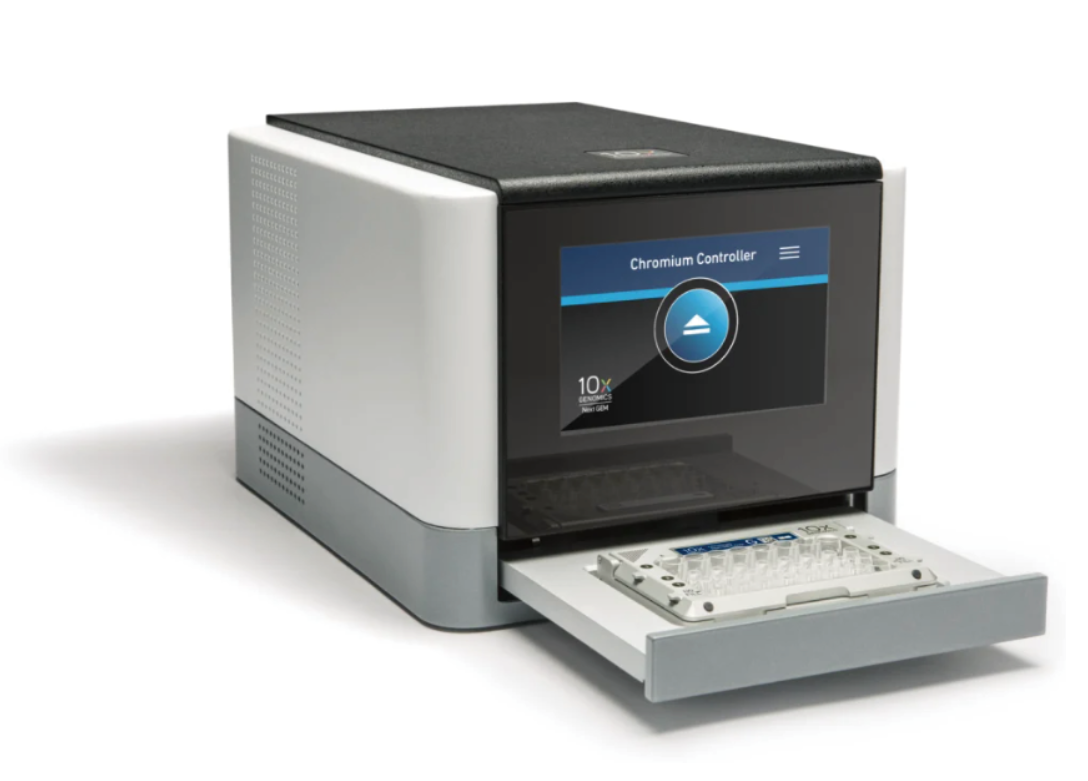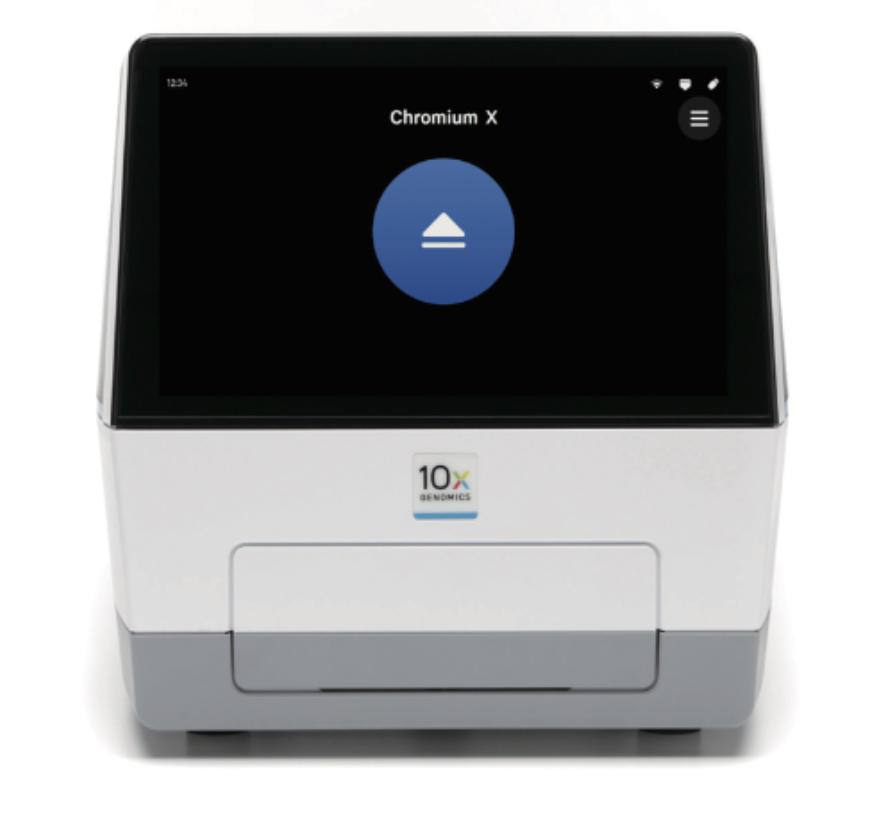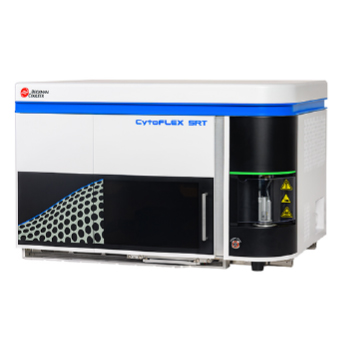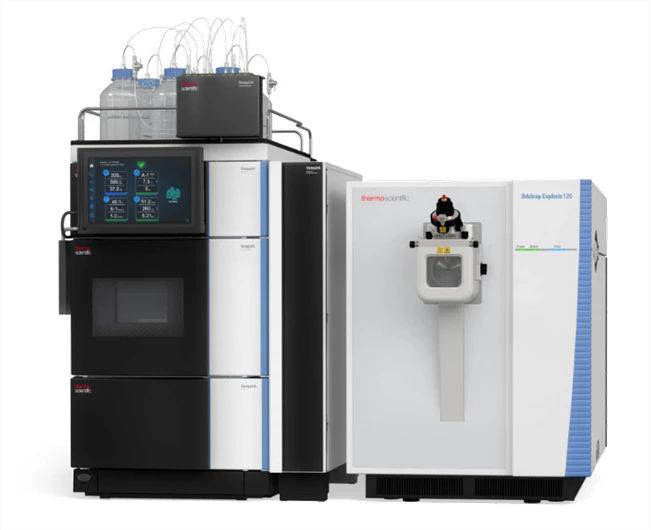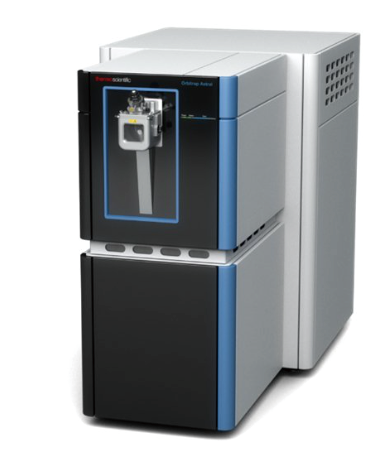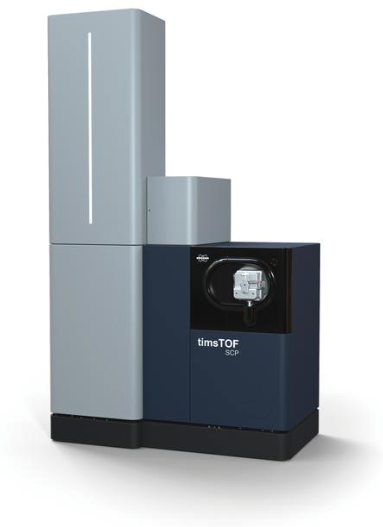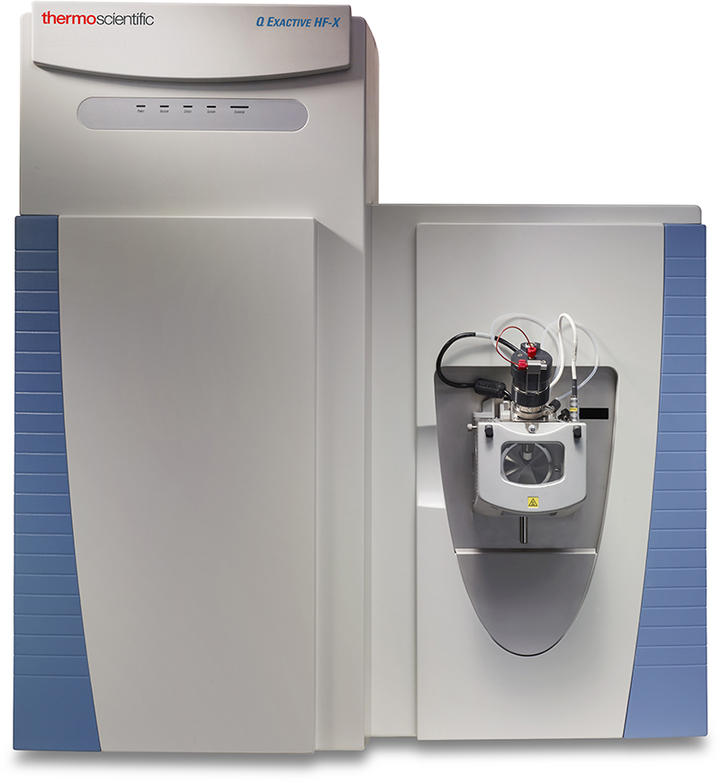Abstract:
Alkaline phosphomonoesterase (ALP) mainly originates from soil microbial secretion and plays a crucial role in the turnover of soil phosphorus (P). To examine the response of ALP-encoding microbial communities (analysed for the biomarker of the ALP gene, phoD) of soils and derivative soil fractions to different fertilisation regimes, soil samples were collected from a long-term experimental field (over 35 years). The different organic P (Po) pools of soil fractions and the ALP activity of soil were also determined. Compared with chemical-only fertilised soils, the ALP activity was 232–815% higher in organic-amended soils, and the highest enzyme activity was observed in the organic-only fertilised treatment. The abundance of the phoD gene harbouring in soil fractions, determined by quantitative PCR (qPCR), was affected by different fertilisations. The highest abundance of the phoD gene was generally detected in the 2–63-μm-sized fraction (silt), but most phoD-encoding microbial species were associated to the 0.1–2-μm-sized fraction (clay) in the chemical-only fertilised soil. The contents of labile Po (LPo), moderately labile Po (MLPo) and fulvic acid-associated Po (FAPo) were significantly correlated with the phoD gene abundance, whereas only LPo content was significantly correlated with the ALP activity. The dominant phoD-encoding phylas were Actinobacteria and Proteobacteria, according to a high-throughput sequencing. Bradyrhizobium, a N2-fixer identified as a phoD-encoding genus, showed the highest abundance in fertilised soils. The abundance of Bradyrhizobium, Streptomyces, Modestobacter, Lysobacter, Frankia and Burkholderiaincreased with the organic-only amendment and was significantly correlated with the ALP activity. According to structure equation models (SEM), pH and LPo content significantly and directly affected the ALP activity; the soil organic C (Corg) content was related to composition and abundances of phoD-harbouring microbial communities; since both microbial properties were correlated to the ALP activity, the Corg content was indirectly related to the ALP activity. In conclusion, soil management practices can be used to optimise the contents of soil available P and the organic P with regulation of soil ALP activity and the community composition of corresponding microbes.











